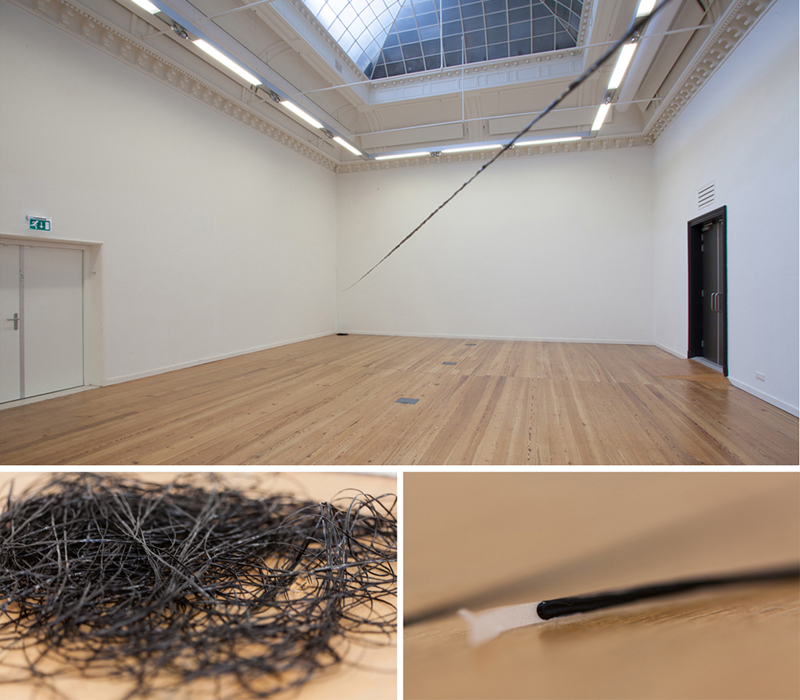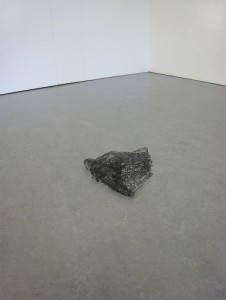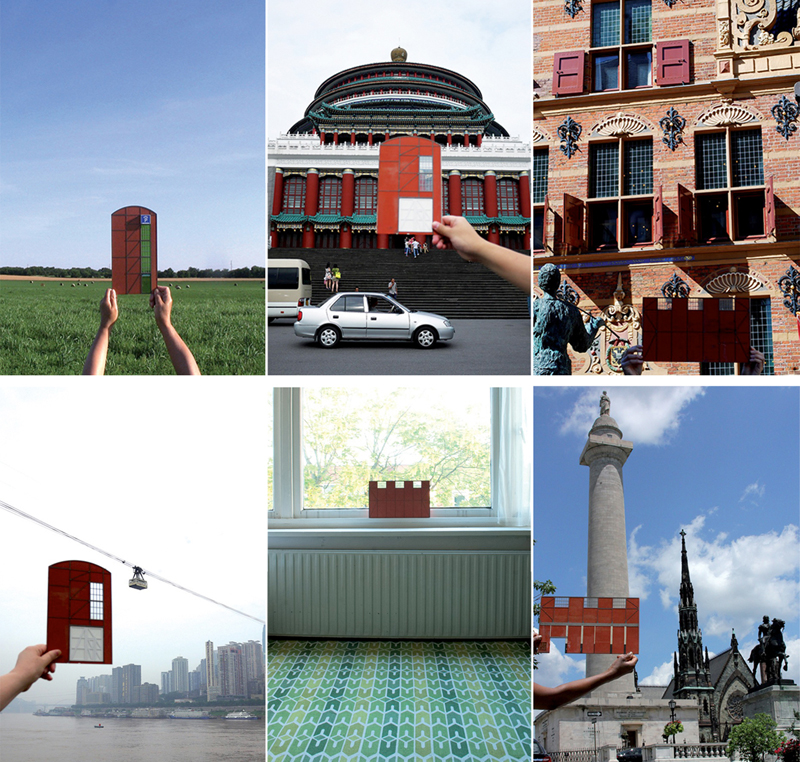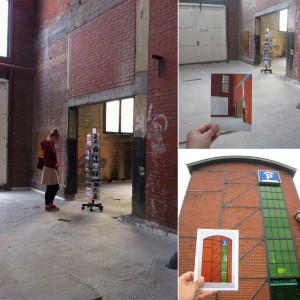This is the fourteenth in a series of interviews with each of the Sondheim Award Semifinalists. Finalists will be announced in mid-April, and will be on exhibit at the Walters Art Museum June 21 to August 17; those not selcected as finalists with be exhibited at the Decker, Meyerhoff and Pinkard Galleries at MICA July 17 to August 3, 2014.
Name: Lu Zhang
Age: 31
Website: www.lu-zhang.com
Current Location: Baltimore
Hometown: Born in Chongqing, China / Grew up in Oklahoma City, Oklahoma
School: BFA (General Fine Arts) from MICA, MFA (Painting) from Frank Mohr Institute in the Netherlands
Current favorite artists or artwork: Bas Jan Ader, John Baldessari sings Sol LeWitt, Marjin Van Kreij, Sophie Calle, Francis Alÿs, JCJ Vanderheyden, Mark Dion, Bernd and Hilda Becher, Wolfgang Laib, Shigeru Ban. YouTube video of Billie Whitelaw’s performance of Samuel Beckett’s Not I.
What is your day job? How do you manage balancing work with studio time with your life? I have a few day jobs. I’m the Business Manager at The Contemporary, a Managing Editor at bmoreart.com, and I teach part-time at MICA. I wouldn’t say I’m balancing work / studio / life. Each day has different priorities and what gets attention depends on the deadline. I set studio deadlines and I tell other people my deadlines as a way to keep myself accountable.
It’s nice that all my jobs are art centric, either working with artists, talking about art, or trying to engage a larger public in that conversation. It also makes it more challenging to compartmentalize since I’m more personally invested.

Drawn Line / 2012 / handcut acrylic on vellum / Installation size variable, line measures 656 feet by 1/8th of an inch
How would you describe your work, and your studio practice? I view my work as experiential drawings that exist between sculpture and painting. I’m responding to things that already exist in the world – opera costume elements, a gaudy Chinese vase, a pair of coasters from Jerusalem that I found in the Netherlands, an unwanted building. I choose these things because I have a unexpected emotional reaction to them which I want to explore further. I’m interested in ownership, how one acquires things. I’m also interested in playing with the gesture of drawing and documenting memory as a drawing process. For example, creating a long sculptural line in a very absurd way or remaking an image again and again.
What part of artmaking do you like or enjoy the most? The least?
Most:
The moment when a lot of lines I’ve been following come together
Experimenting with unfamiliar materials and new processes
Problem solving
Being in the studio with coffee and NPR
Least:
The time between projects
Paperwork
When a project/idea I’m was really excited about is way less interesting a few days later, essentially when it doesn’t pass the vetting process.
What research do you do for your art practice? It depends on the project. I’d say my work tends to be research intensive. It varies from material or process specific to more context-based. For example, in earlier works I was really interesting in creating a drawn line that had a lot of body. That required doing tests with different mediums and application techniques. I’ve also tried to teach myself how to make a fresco through Internet sources. That required extensive research on recipes for lime plaster as well as doing studies on how certain pigments reacted with the lime over time. That project actually got so research heavy that it kind of killed the work.
I often need to learn new processes for each project, for example ceramic glazing or how to use a laser cutter (luckily I learned that when I worked as an architectural model maker). Right now I’m working on a project around a specific historic event. It is requiring more research into primary sources. I’ve needed to find access to those resources and to find people more knowledgeable than myself to interview. So I guess, there’s a bit of stalking as research too.

Dropped Vase / 2011 / handcut acrylic on vellum / size variable, undropped vase measures 16 inches in length
What books have you read lately you would recommend? Movies? Television? Music? I like Paul Auster’s writings, specifically The Invention of Solitude and New York Trilogy. As a reader, you are aware of how he uses language to construct characters in a very transparent way.
I’d recommend a short video called Overview done by Planetary Collective. Astronauts talk about the overview effect – the experience of seeing the earth from outside. There’s one part I love about how from space the sky looks like a line. I also like This American Life and Radio Lab.
I try to watch the dumbest TV possible which I wouldn’t recommend to anyone, but it’s perfect for shutting down my brain to decompress.
Do you ever get in creative dry spells, and if so, how do you get out of them? Absolutely. Though I think they are part of the process, incubation periods. That’s what I like to tell myself anyway. I give myself assignments. For example, to make X number of things everyday. Most of my “creative dry spells” happen when I’m overwhelmed by a lot of things I really want to explore to the point that I just get stuck and I don’t know where to start. I find that forcing myself to focus on tangible things and materials helps. Once I’m able to free up that mental space things tend to fall into place.


